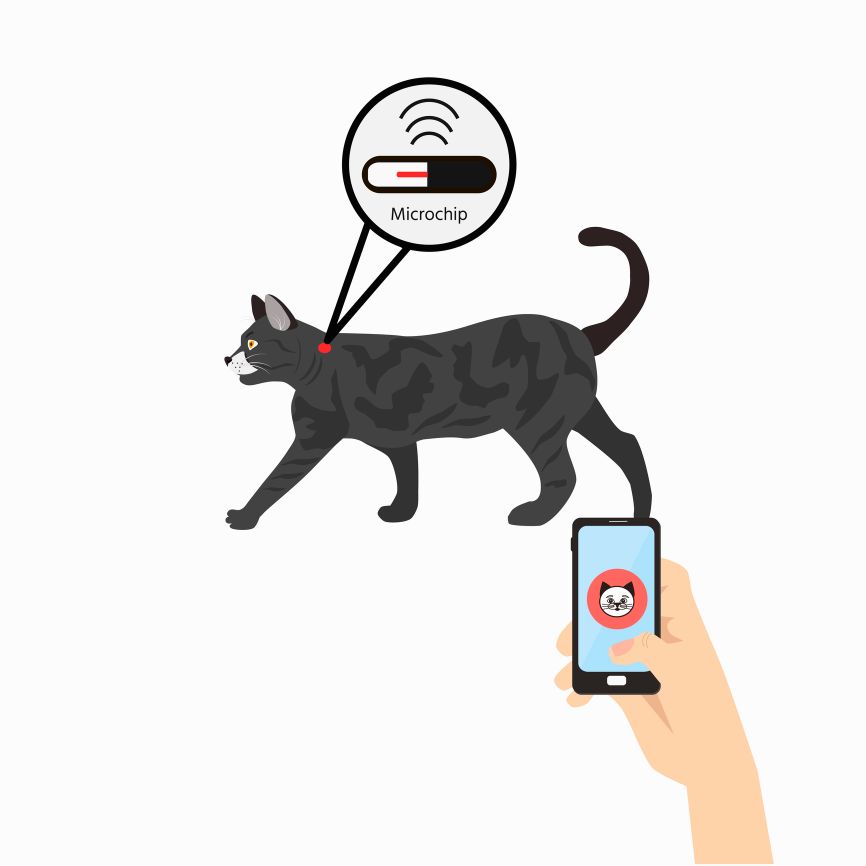The Incredible Meaning and Value of Pet Microchips

Pet ownership seems to revolve around prevention. We go to great lengths to prevent contagious diseases, maintain a schedule to keep fleas, ticks, and heartworm-carrying mosquitos from interfering with overall wellness, and we spay/neuter pets in an effort to control the population (and promote reproductive health). Additionally, we rely on pet microchips to help pet owners reunite with their lost or missing pets.
The Future Is Now
Pet microchips can seem a bit futuristic, but their technology doesn’t have an energy source, and chips cannot transmit location data. Instead, they are simply activated by the radiowave of a special handheld scanner.
The Details
Pet microchips are inserted between the shoulder blades, just beneath the outermost layer of skin. Not a replacement for a collar and ID tags, microchips cannot be removed. In this way, they act as an important line of defense against permanent loss or separation.
The Significance of Chipping
Pet microchips are transponders as opposed to transmitters of data. The number that is linked to the chip is also connected to a pet’s owner. As a result, animal control, a shelter, or a good samaritan can scan the chip to facilitate a safe return home.
Your Pet’s Unique ID
About the size of a grain of rice, pet microchips are enclosed in a glass cylinder. They are inert until a chip scanner turns them on. When held directly over the chip, the scanner will pick up the chip’s unique numeric identification code. The number is entered into a microchip database, and the chip’s manufacturer can be contacted in order to reach out to the pet’s owner.
Easy and Quick
Pet microchips can be implanted during a routine wellness examination. The process is like a vaccination. If you are concerned about potential pain or discomfort, we can microchip your pet while they are under general anesthesia for a dental cleaning or a surgical procedure like a spay or neuter.
The Missing Link
It is crucial for pet owners to register their pet’s microchip with the manufacturer. Until then, there is no known link between the chip and the owner. The following information is safely stored:
- Your pet’s name
- Your name and contact information
- Your pet’s veterinarian
If your contact information changes at any time, the registry must be updated in order for the chip to be effective. We are happy to help owners complete this essential step.
Avoid the Pain
All it takes is an innocent nudge of the front door, or a quick leap over the fence for a pet to suddenly go missing. While away from home, they can get into fights with predators, suffer injury from moving vehicles, or get picked up by other people.
One in three pets go missing every year, and a majority of them do not return home without proper identification.
Please give us a call at (817) 733-3011 with any questions or concerns about pet microchips. The Vet Gal and Guys are always happy to help you!


